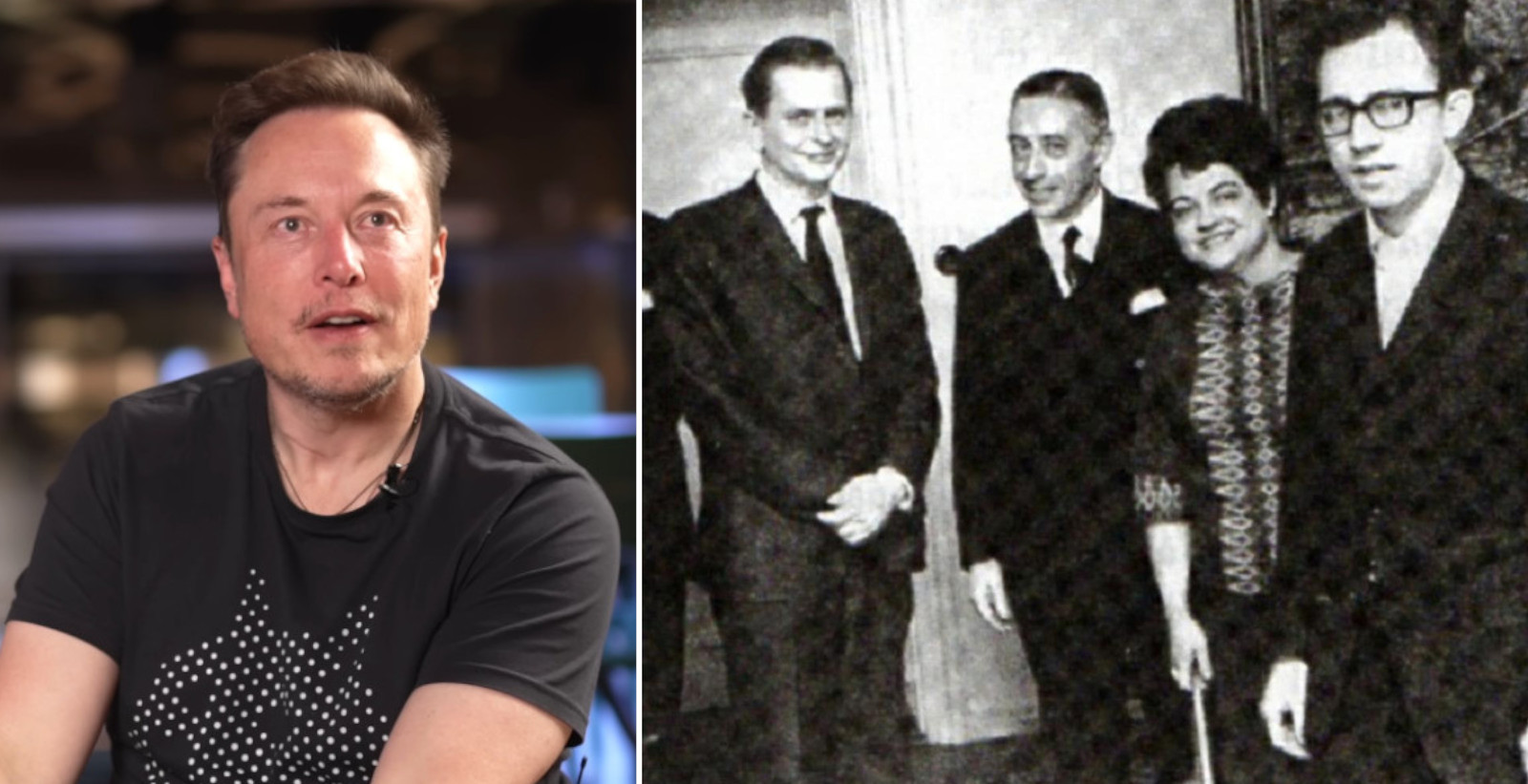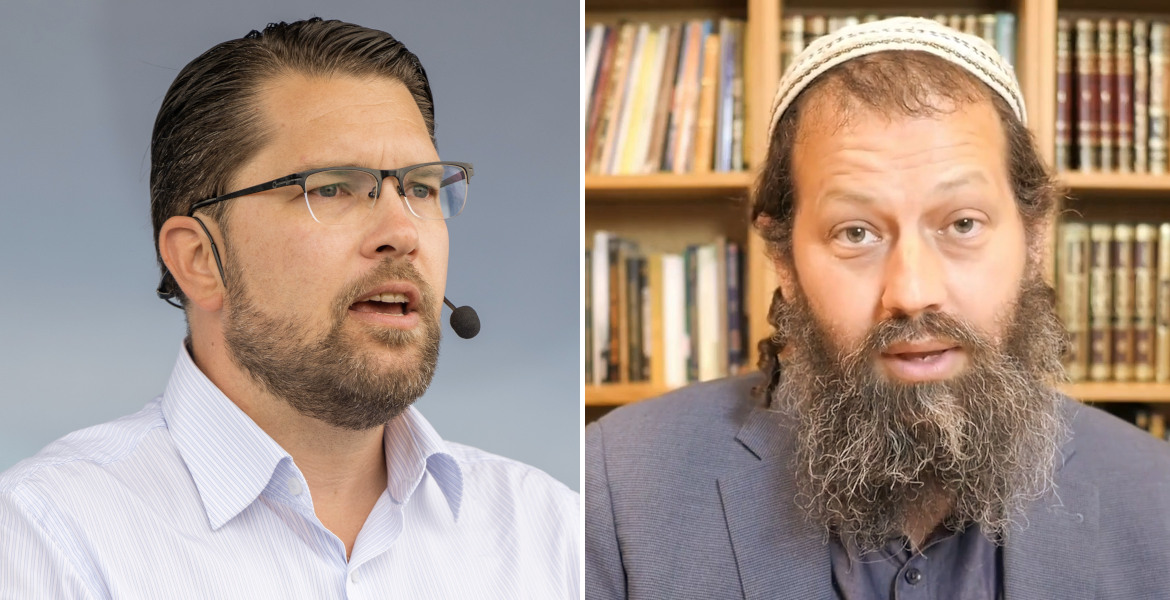An unknown individual has donated an extensive silver treasure from the Viking Age to the County Administrative Board in Jönköping.
The treasure is the largest of its kind ever found in the county and consists of a very large number of Arab silver coins.
"In Jönköping County, only one comparable find has been made before and that was in the 1800s in Forsheda in Värnamo municipality. Then an agricultural worker found about a hundred English and German silver coins, as well as an Arabic coin and a small piece of jewelry. The treasure that has come in now is more abundant", writes the county administrative board in a press release.
In addition to the silver coins, the treasure consists of various jewelry, cut pieces of silver and an amulet ring, but the county administrative board is critical of the fact that the treasure was excavated illegally several years ago.
"Since the treasure was found by metal detecting without permission, no archaeologist was involved in the excavation. This means that much scientific information has been lost forever. If you find ancient finds and try to clean them yourself and then leave them at home in a drawer, they are destroyed. But it is good that the find has now been submitted", they continue.
They emphasize that it is important to know what applies to ancient monuments and the use of metal detectors, and that ancient monuments are protected by the Cultural Environment Act and must be preserved in the ground until something has to be built on the site.
"Permission from the County Administrative Board is then required to intervene. Permission is also required to use metal detectors, even on beaches and your own property. If you find an ancient find, you must stop immediately and contact the County Administrative Board. Illegal searches are reported to the police".
"Miniature Roman wine bucket"
Some of the silver coins have holes in them so that they can be threaded onto straps. There is also a braided silver neck ring, a pendant, parts of ring pins, an amulet ring and several pieces of silver that have been cut into pieces, probably to be used as currency by weight.
"The pendant is small, bowl-shaped and decorated with filigree and granulation, that is, decoration of threads and small balls of silver. It may have been designed to resemble a miniature Roman wine bucket. A ring pin is a costume buckle, here the ring does not remain but only parts of the pin itself and it is ornamented with triangles, rhombuses and points".
"The amulet ring is the size of a bracelet and has several smaller rings attached to it. Amulet rings are believed to be ritual objects that were deposited in the ground to positively influence the future", it concludes.




